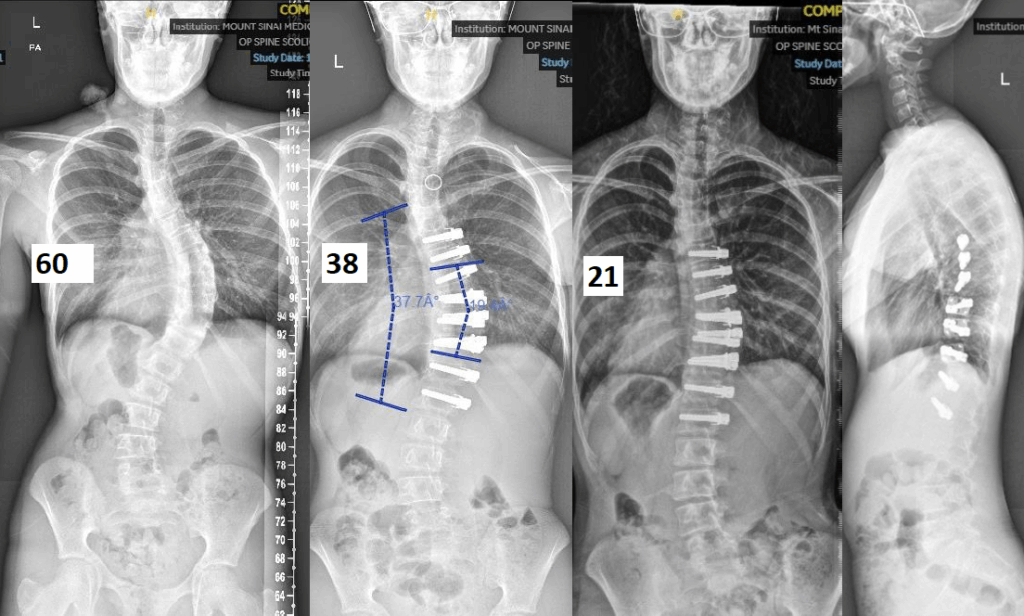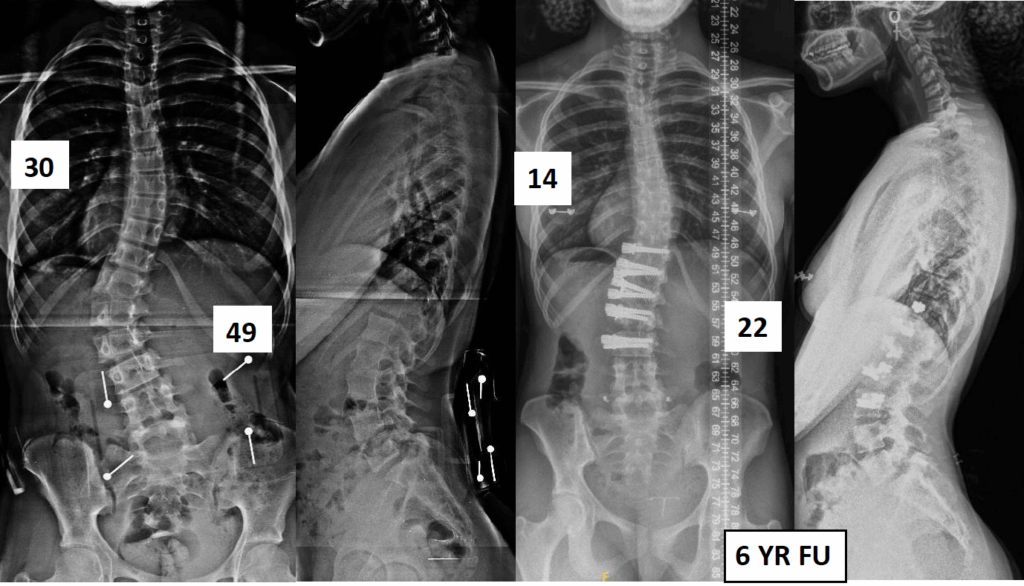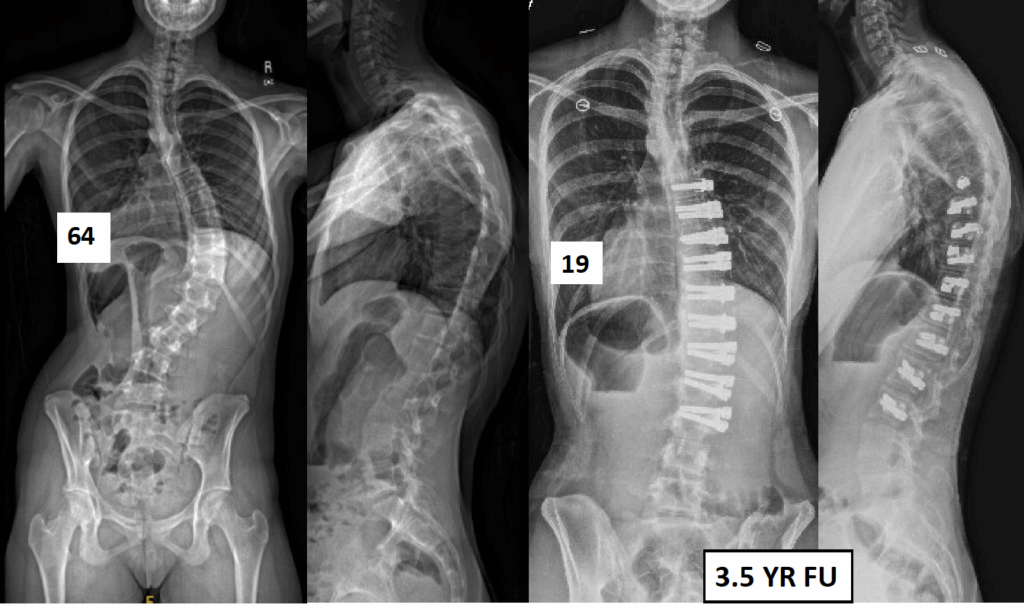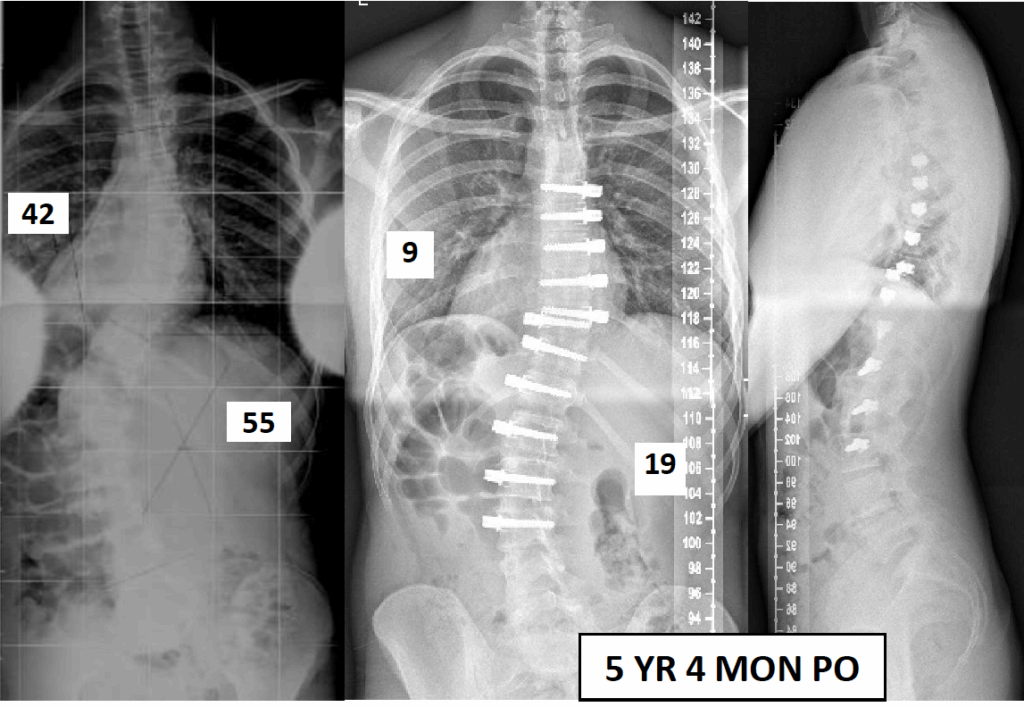Spring 2025 - Scoliosis Update “Scoliosis Care Delivered Compassionately”
Dear Friends and Colleagues:
It is my pleasure to bring to you my annual pediatric scoliosis update after a brief hiatus. As I enter my 30th year in practice throughout which I have treated thousands of scoliosis patients and performed nearly 3,000 scoliosis and related operations both in New York as well as in other countries where I have accompanied team members on medical missions, I am transitioning back into private practice. This will permit me to serve you and your patients’ needs in an intimate and warm setting on the Upper East Side of Manhattan and Long Island. My team and I are excited to be able to provide patients with highly personalized guidance and non-operative and operative treatment that focuses on a shared decision-making paradigm in which patient and family goals are fully vetted in the context of the patient’s condition and various options that may exist. This will be done in a warm and un-rushed setting based on decades of experience and evidence-based and innovative approaches.
Please note some details of my practice below:
- Able to work with most insurances and help families navigate through the process.
- The family of every surgical patient has my personal cellphone for their close access to me as needed
- My team and I will continue to care for all patients with pediatric and adult scoliosis and other spinal conditions including surgical and non-operative treatment.
- As always, please do not hesitate to call me at my office, 212-360-6500, or my cellphone, 917-528-1410 regarding general questions or mutual patients.
- I am available to provide a presentation for your Department Grand Rounds on the treatment of scoliosis including innovative approaches.
- The care of the pediatric and adult patient with scoliosis has been my life’s work-we have focused on introducing non-fusion surgery over the past decade, this area being the focus of our ongoing research to improve outcomes and is the focus of this newsletter
- I have performed more than 500 non-fusion scoliosis corrections
Avoiding Spinal Fusion
What is the gold standard in surgery? Spinal arthrodesis, otherwise known as fusion in which spinal motion segments are fixated with titanium screws and joined with metallic rods. Then bone grows across the operated segments. This has been the standard of care for more than a century, with improvements in techniques and implants along the way. However, it is a non-physiological operation, can limit the patient’s flexibility and result in long-term disc degeneration below or above the fusion with back pain and sciatica. Some patients may have options for shorter, less invasive fusions and others, non-fusion techniques or a combination or hybrid approach.
Why avoid spinal fusion?
- Spinal arthrodesis, otherwise known as fusion in which spinal motion segments are fixated with titanium screws and joined with metallic rods. Then bone grows across the operated segments.
- This has been the standard of care for more than a century, with improvements in techniques and implants along the way.
- Stiffens the spine, the portions that are fused do not move
- May affect activities that require flexibility such as swimming and dancing
- Eliminates growth in the areas of the spine that are fused
- Places increased loads and pressure on un-fused portions of the spine which can lead to back and neck pain, sometimes requiring additional fusion later in life
- Longer recovery and more pain after surgery than non-fusion options such as VBT
23 yo lady with severe low back pain 11 years following surgery but has excellent correction.
What are the advantages of non-fusion VBT or ASC?
- Does not eliminate motion, the spine remains flexible
- Patients retain flexibility and sports activities tend to be unaffected
- Some growth is permitted
- May have less problems above and below the Tether compared to fusion-this will require years of follow-up to confirm
- Faster recovery, less pain, less bleeding during surgery than fusion
- Fusion sometimes cannot be fully avoided but shorter fusions or combined fusion and Tether are possible options as shown below
Surgical Options-Every Surgery can be non-Fusion or Less Fusion
- All operations can be tailored to the patient based on curve size, remaining growth, and patient and family preferences
- Below are options that can be considered depending on the number of curves, size of curves, flexibility of curves and amount of growth remaining
Selective Thoracic Fusion
- Fusing only the thoracic curve, leaving the smaller lumbar curve un-fused
- The lumbar curve partially corrects
- Can be performed when the lumbar curve is flexible
Posterior selective thoracic fusion to L1
Shortening Fusion by Placing a Tether at the lower end
- In order to minimize fusion, lessen the loads on the remaining un-fused spine, and to maximize flexibility of the spine, a tether or flexible cord can be placed at the lower end of a fusion
- The patient below is a 15-year-old boy who had kyphosis or round back from fractures in his thoracic spine as well as scoliosis. The proposed fusion was shortened by 3 levels by placing a tether below the fusion.
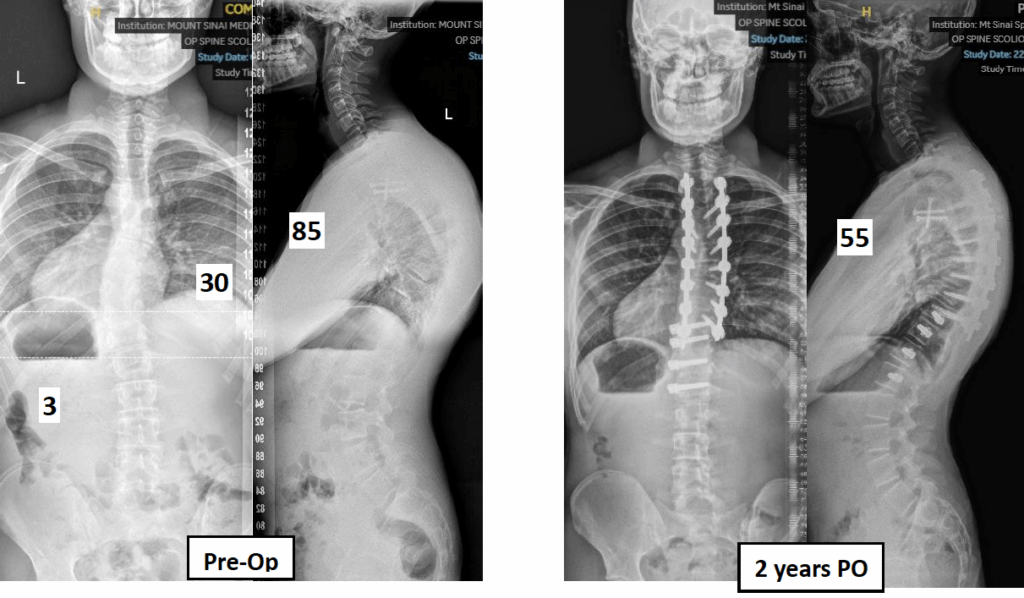
Hybrid Thoracic Fusion-Lumbar Tether
- Hybrid fusion and VBT includes thoracic fusion and lumbar Tether or VBT (vertebral body tethering)
- In patients with severe thoracic scoliosis and smaller and more flexible lumbar curves, severe rib prominence or thoracic lordosis (loss of normal kyphosis) that cannot be corrected with VBT alone a hybrid can be performed
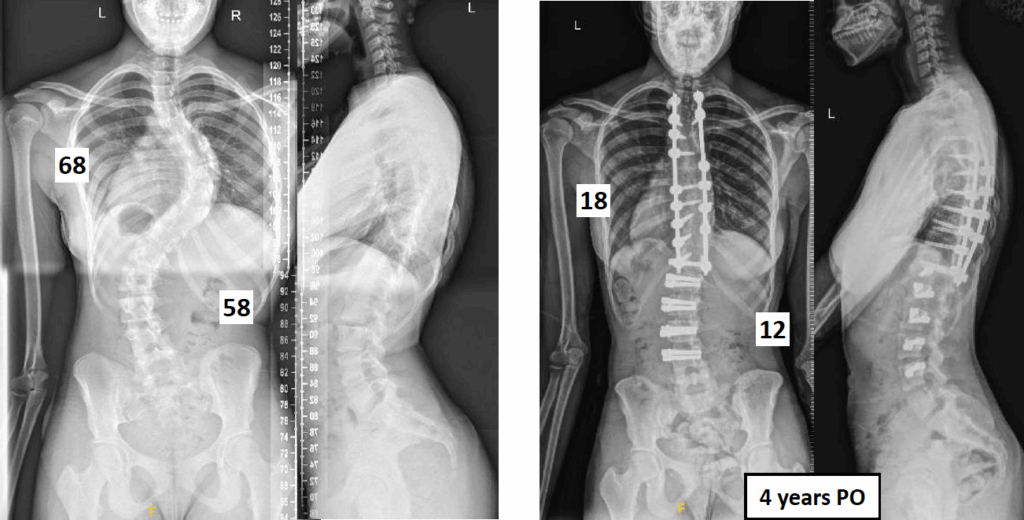
Tether
- VBT involves placing a Tether on the convex (outer) side of the curve to partially correct the curve at the time of surgery and promote more growth on the concave (inner) side of the curve in a process called growth modulation
- Very few surgeons in the world (Dr. Lonner does) perform surgery on skeletally mature (little or no growth remaining) patients as growth modulation cannot occur (see adult VBT below)
Thoracic VBT
Note the patient below with a thoracic curve that corrects gradually over one year through growth modulation. A double row of screws at the apex helped to guide correction.
Pre-operative clinical photographs
Post-operative clinical photographs
14-year-old boy with near complete correction of his scoliosis, 3 years following surgery. He has no limitations and is a competitive butterfly swimmer.
Lumbar
The 13-year-old girl below has an excellent correction of her lumbar scoliosis 6 years following her surgery.
This 15-year-old girl (at the time of surgery) is maintaining the correction curve at 3 ½ years.
Bilateral (both sides) Tether of Two Curves
Adult Tether
- Traditional adult scoliosis surgery with spinal fusion has a high rate of complications including re-operations
- Often requires the lumbar spine to be fully fused with painful and prolonged recovery
- Tether may be offered selectively if there is no nerve compression due to spinal stenosis or disc herniation
- The correction occurs fully at the time of surgery with maximum correction attempted by the surgeon as no further correction with growth modulation is possible
- This is controversial, as the procedure was intended for growing children, but no bridges are burned as fusion remains an option
- Dr. Lonner and his team have seen very promising results out to seven years following surgery, but further study is required
Thank you for taking the time to read this annual newsletter. I hope you find the innovations highlighted here to be potentially of interest to your patients and their families.
I look forward to hearing from you regarding any questions you may have, to schedule a grand rounds, or to collaborate on patients.
My very best,
Dr. Baron Lonner




